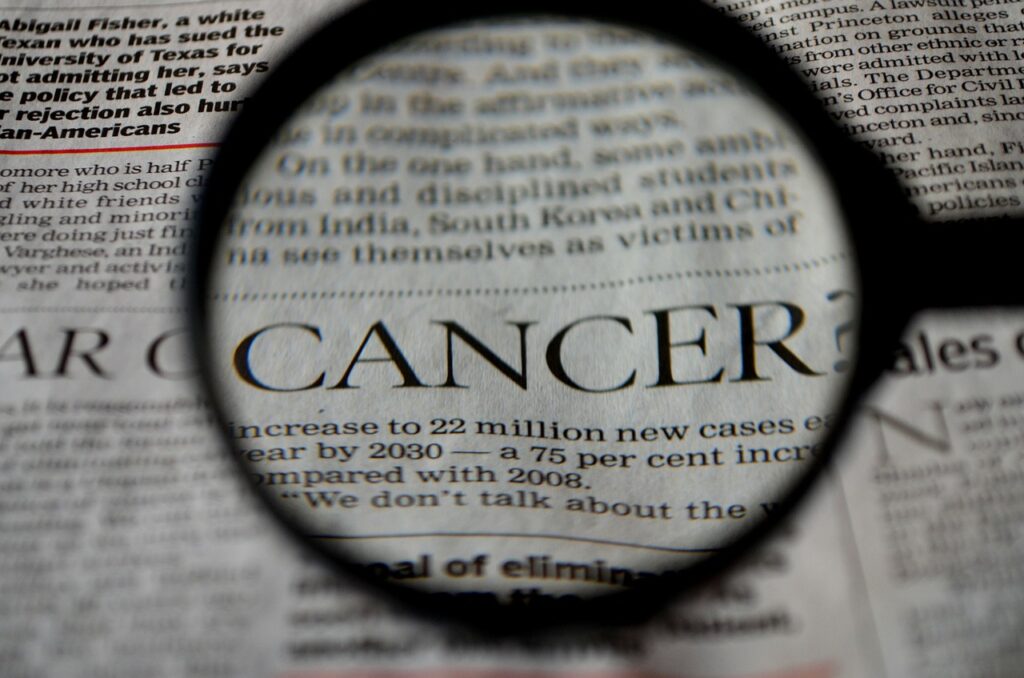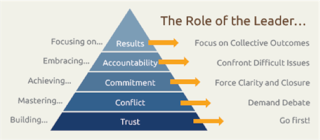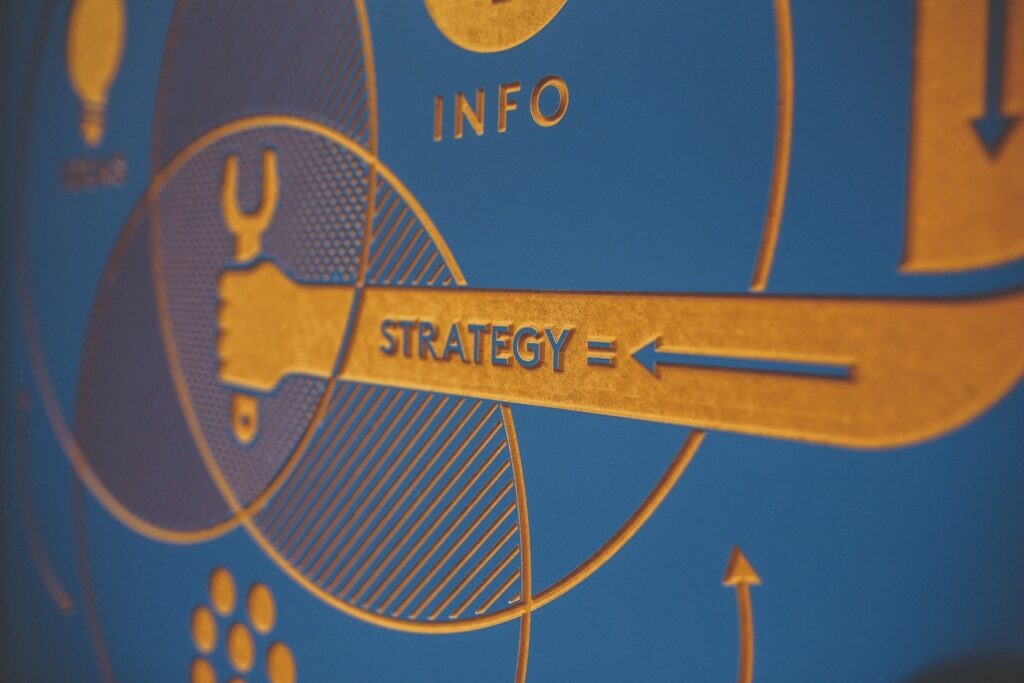
There is nothing quite like a diagnosis of Cancer to make you sit up and pay attention! The mere mention of the C-word strikes cold fear into the heart of the bravest soles. It grabs life as you know it by the throat and shakes hard……turning everything on its head. A recent (and thankfully successful) personal tussle with this insidious disease got me to thinking how, just like us mere mortals, corporates are not immune to infection.
Corporate Cancer, much like ours, tends to go unnoticed for a long time, germinating in the most unexpected places and then gradually seeping throughout the organisation. By the time we notice the signs it is can often be too late to change its course without dramatic intervention.
What is this Corporate Cancer?
It is the presence of the ‘Big 3’ – Politics, Silos and Confusion – which together create a potent poison that quickly distracts an organisation from its purpose and objectives and weakens its ability to compete.
As the poison takes hold the atmosphere in the organisation changes palpably. A malaise of ‘meeting silence and corridor violence’ becomes the norm as people are forced to choose their faction and cover their backs. The loudest voices become the faction leaders battling out internal personal agendas rather than rallying against the real, external, competitors. Conflict becomes personal and dissenting voices are silenced, driving bad decision-making, and the best people choose to leave ………. ultimately leading to the death of the company.

Can Corporate Cancer be Cured?
Yes it can, most of the time. But it takes dedicated, inspired and determined leadership. As the saying goes “the fish rots from the head”, corporate cancer rarely emerges from the shop floor, it usually starts at the top. Therefore it needs to be stopped at the top first for the organisation to recover.
The very first step on the road to recovery, is a concerted commitment by the leadership executives to build and sustain Cohesion at the top table. The more misalignment and game playing at the top, the faster the spread of the disease. This team needs to role model the 5 behaviors essential to building a strong and healthy team, as outlined by Patrick Lencioni in his book, “The 5 Dysfunctions of a Team”.

Egos need to left at the door to build a solid foundation of trust, where fallibility can be admitted to, help sought and meaningful engagement happens between every team member. Trust will enable them to have passionate and unfiltered debate to make clear decisions, remove ambiguity, and secure unconditional commitment o be accountable for the delivery of their own, and the teams, objectives. The outcome is the delivery of sustained superior business results. When these behaviours are not mastered, they become ‘dysfunctions’, filtering down the organisation, and creating an environment highly susceptible to disease.
A cohesive team, on its own, is not enough. The second step to recovery, is for the executive team to create Clarity for the whole organisation. This involves developing clear and concise answers to 6 simple questions, providing a strategic framework, or Journey Map, that will guide the organisation to deliver the overarching financial ambition.
WHY do we exist, HOW do we compete, WHAT do we do (and not do), WHAT is most important right now, WHO needs to do what, by WHEN.
Once the executive is confident that they are fully aligned around a clear and shared plan, the third step to recovery is the consistent and repeated ‘over-communication’ of it into the business. The purpose is to inspire and motivate, scaling the top teams’ leadership impact! Next layers of management need to be equipped and enabled to cascade the messages helping each individual to link their daily activities directly to the purpose and objectives of the organisation. In time, this continuous two-way dialogue becomes the new, and healthier, norm of the organisation. Where meetings are held to promote delivery and remove blockages, and any ‘corridor talk’ is about how to drive the car faster together.

The last step to recovery, is to implement human systems and processes that enable these objectives. Things like organisational structures, role mapping, remuneration systems, performance management and development plans are critical enablers (and potentially serious detractors) to the overall health of the organisation. Often, in a desperate attempt to fight the disease, leaders leap into restructuring processes to ‘weed out the cancer’ before embarking on the recovery steps 1 to 3. Sometimes a parallel process is warranted, but mostly it is best to start with Cohesion and Clarity first to ensure the structures developed support the desired outcome.
Any leader faced with addressing a significant Corporate Cancer, as I have had to do repeatedly in my career, will know that it is a long and arduous fight. The result is always worth it, but it takes courage, intense belief and immense determination. It therefore goes without saying, that prevention is better than cure! The 4 steps to recovery are equally applicable to prevention…….and significantly easier to achieve without the pressure of a clear and present danger.
At Olakira we are passionate about developing leaders and strategies that create healthy organisations able to withstand threats and convert opportunities into results quickly. If you recognize some of the signs above and need support, we would love to work with you.
We partner with LeadershipWorks, the exclusive provider of The Table Group and Patrick Lencioni materials in Southern Africa
